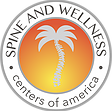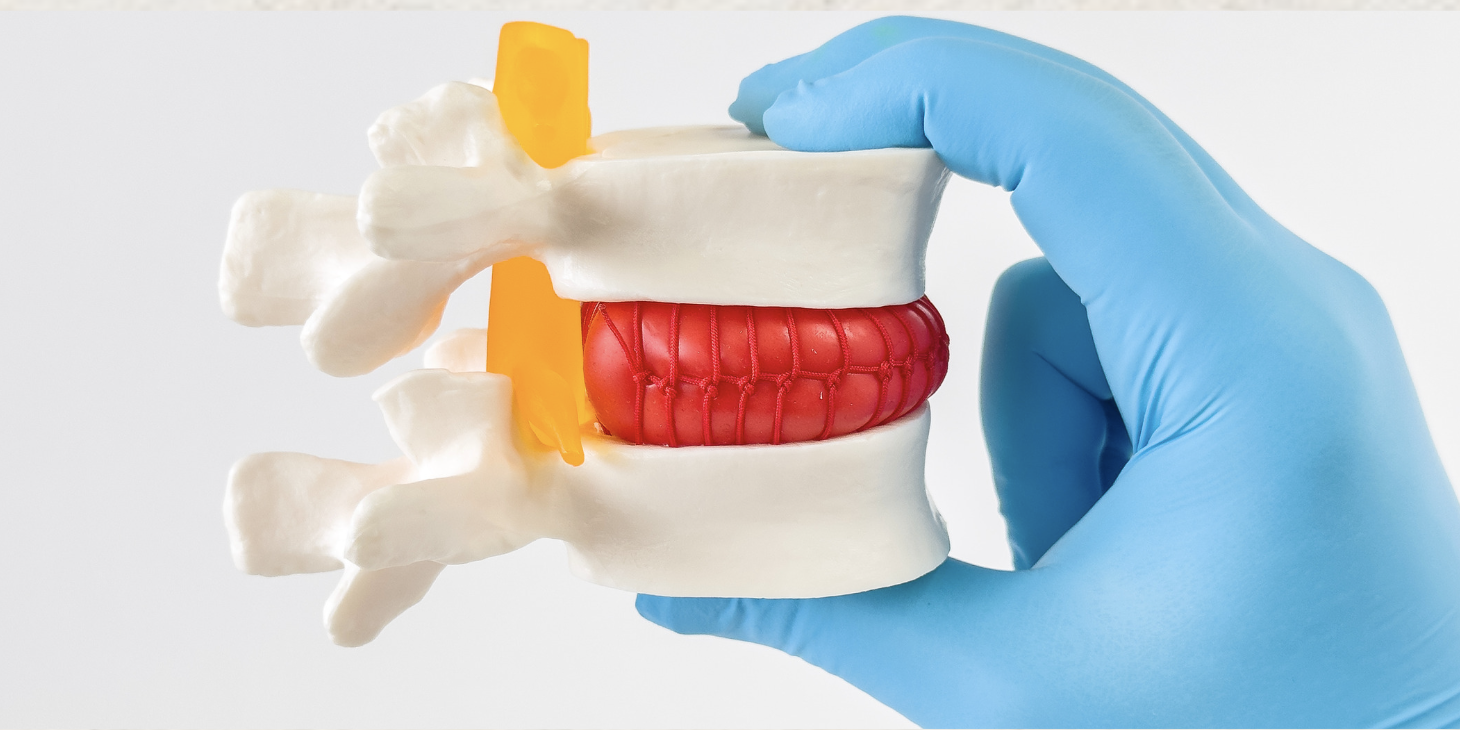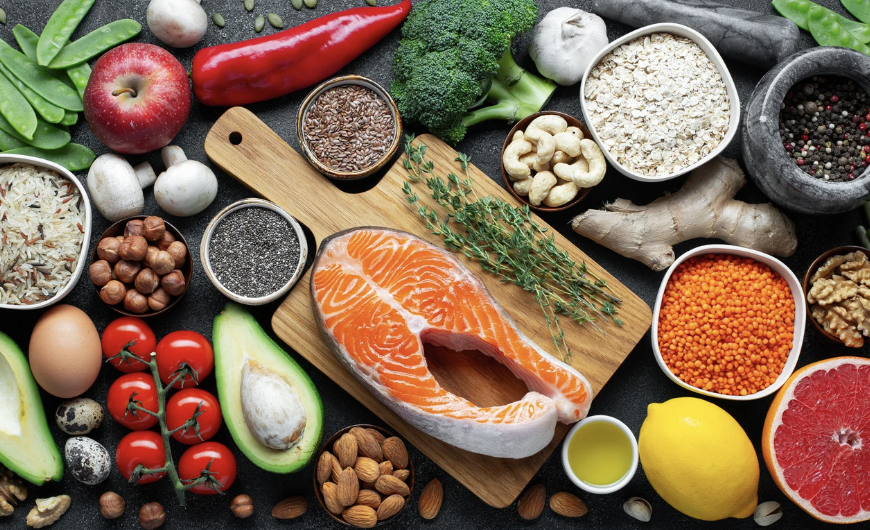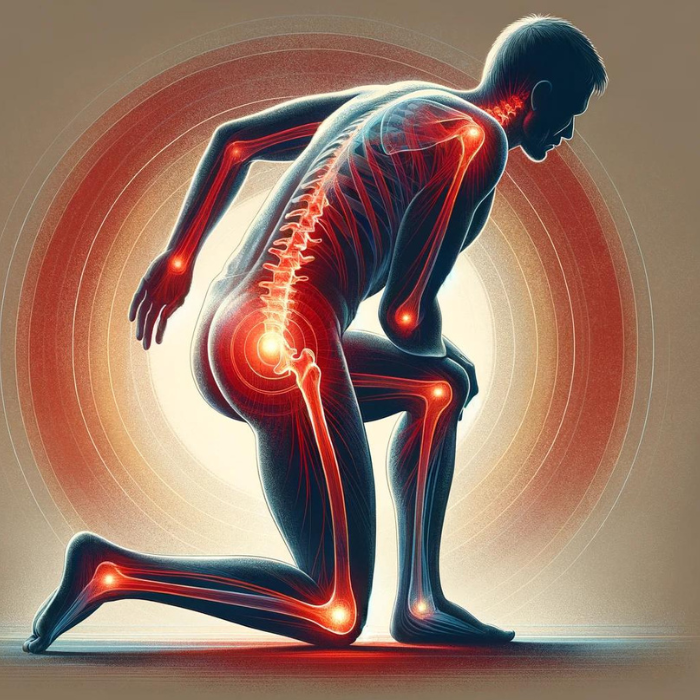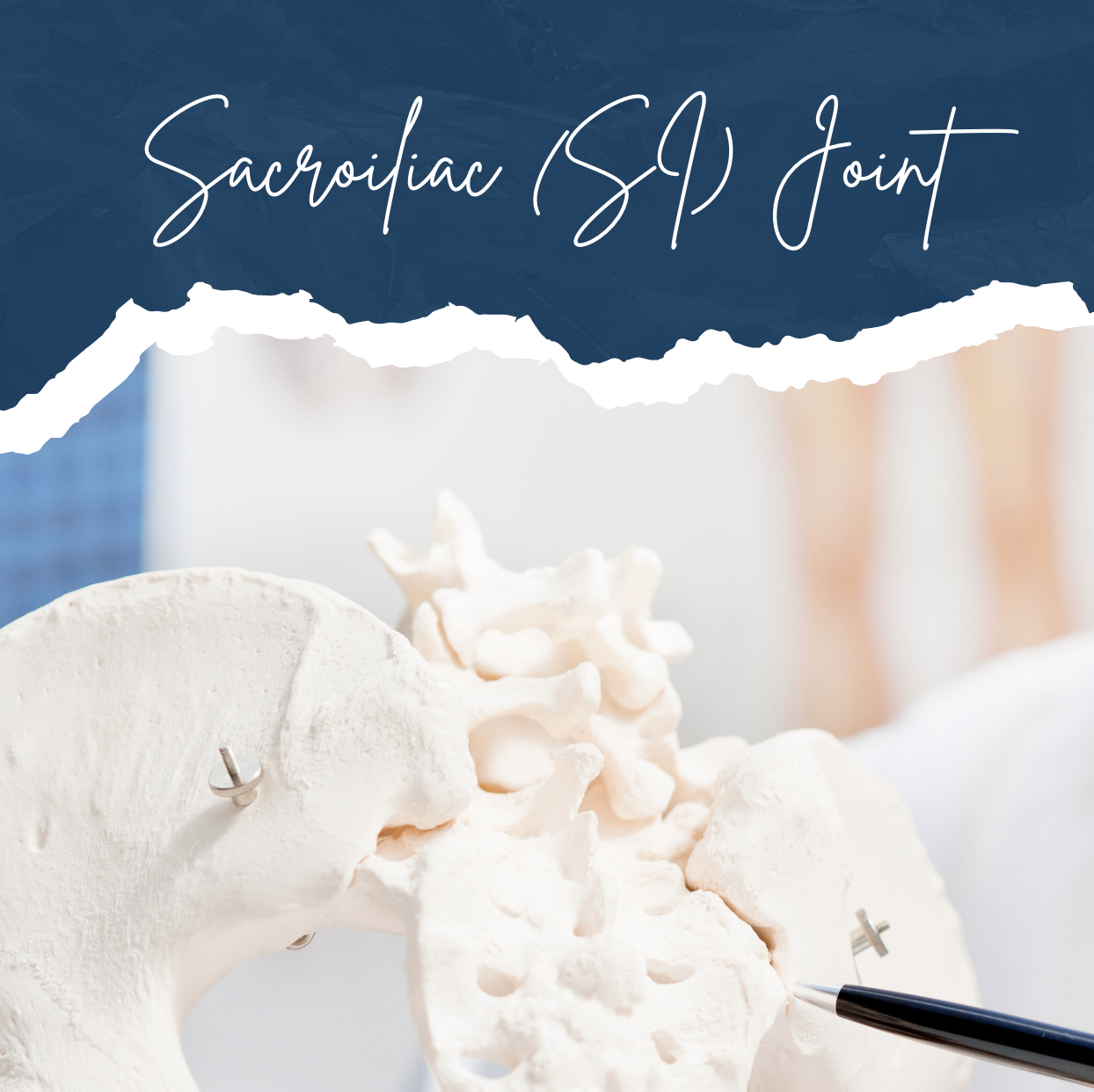A person’s immune system is sometimes the culprit in pain – particularly of the joint. There are two types of inflammation: Acute and Chronic. The latter is on the rise in the U.S and in South Florida.
Inflammation mostly occurs when a physical factor triggers an immune reaction within the body. Acute inflammation can be triggered by exposure to a substance- such as insect sting or unhealthy air, mold or dust. It can also be triggered by an injury or an infection. When the body detects these things, the immune system sets about accumulating plasma proteins inside the tissue which leads to a buildup of fluid which results in swelling. The body also releases white blood cells – or leukocytes – which then target the affected area to fight any foreign pathogen.
A little inflammation is part of the healing process. Swollen, red, and/or tender joints indicate that the immune system is working to remove damage and promote the growth of new tissue. This is normally a healthy kind of inflammation. Signs of acute inflammation appear within hours or days. How long they last depends on the cause and which part of the body is affected.
However, in chronic inflammation, the immune system launches unhealthy inflammation in the joints, for no apparent reason. This leads to pain, stiffness, and joint damage. Chronic inflammation, particularly within the joints, can lead to damaged cartilage, bones, tendons , or ligaments. It can also irritate nerves and result in on-going pain, swelling, and stiffness. Ultimately, this type of joint damage due to inflammation may be progressive and irreversible.
Chronic inflammation can be brought on by a body’s hypersensitivity to an external trigger, long-term, low-level exposure to an irritant, autoimmune disorder in which the immune system mistakenly attacks normal healthy tissue, and autoinflammatory diseases which are genetic.
Factors that may increase the risk of chronic inflammation include: older age, smoking, hormonal imbalance, stress and/or sleep issues, obesity, an unhealthy diet.
Long-term diseases associated with inflammation that cause pain include Rheumatoid arthritis (RA) and other diseases of the joints.These conditions affect nearly 43 million people in the United States and is expected to exceed 60 million in the near-term. The prevalence of diseases associated with chronic inflammation is anticipated to increase persistently for the next 30 years.
There are many types of inflammatory arthritis besides RA:
Gout is characterized by a buildup of uric acid, which can form crystals in the joints
Calcium pyrophosphate deposition disease (CPPD, or pseudogout) finds calcium crystals settling in the joints.
Psoriatic arthritis is brought on by psoriasis – an autoimmune condition – which can affect the knees, ankles, wrists, or fingers.
Osteoarthritis, which wears down the smooth cartilage that lines joints, has long been thought to be a noninflammatory form of arthritis. However, recently, researchers have found that some inflammatory cells are present in osteoarthritis.
Pain brought on by these inflammatory conditions are Neuropathic pain which is caused by abnormal communication between the damaged nerves and brain, musculoskeletal pain which is caused by injuries in the bones, muscles and joints. This pain usually gets worse with movement but better with rest, and Visceral (or referred) pain.
Though the prevalence of pain due to inflammation is on the rise, there are treatments and preventions available.
An anti-inflammatory diet rich in turmeric, garlic,and salmon can control insulin and cholesterol levels as well as reduce inflammation. Some patients who follow strict vegan or Mediterranean diets see immediate improvement in pain related to inflammation.
Patients should also get regular exercise, particularly in the form of walking.
Lastly, controlling stress can reduce a build up on inflammation in the body. Acupressure for stress and meditation, mindfulness and yoga can be a great aid in fighting inflammation triggers.
State-of-the-art treatments that address pain due to inflammation are also gaining in popularity due to success. Understanding the individual’s pain and working together with a doctor to devise an appropriate treatment plan can help patients manage pain healthfully and improve their quality of life.
Interventional pain therapies offered at Spine and Wellness Centers of America are proven safe and effective for these patients. Some treatment methods include:
Spinal Cord Stimulation, Kyphoplasty, Vertiflex, Intrathecal Drug Delivery aka the “pain pump,” Steroid injections that target pain points, nonbiologic disease-modifying antirheumatic drugs (DMARDs), and regenerative medicines such as stem cell treatment and PRP.
Coming up with an individualized and comprehensive plan to combat pain due to inflammation with new, innovative non-invasive treatments is the foundation of Spine and Wellness Centers of America. Their board certified team and non one-size-fits-all pain management techniques help patients suffering from inflammation to return to a more fully functional life and routine.
For a full list of treatments and services please visit: https://spinewellnessamerica.com/services/
